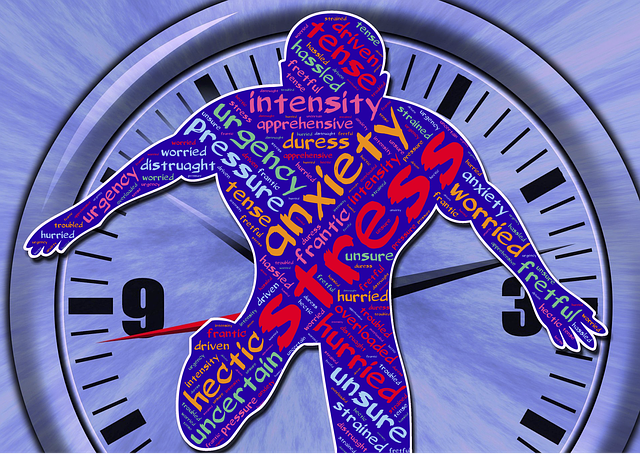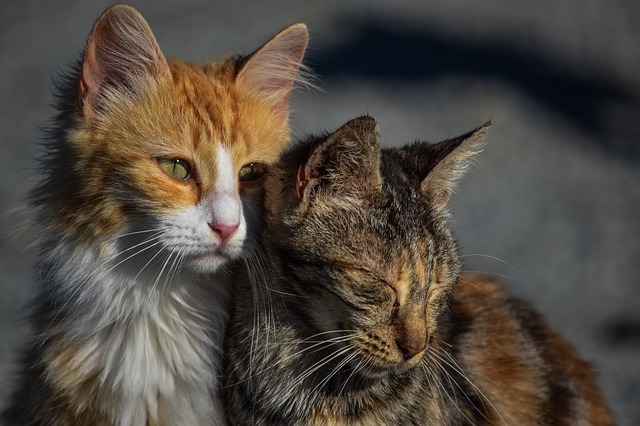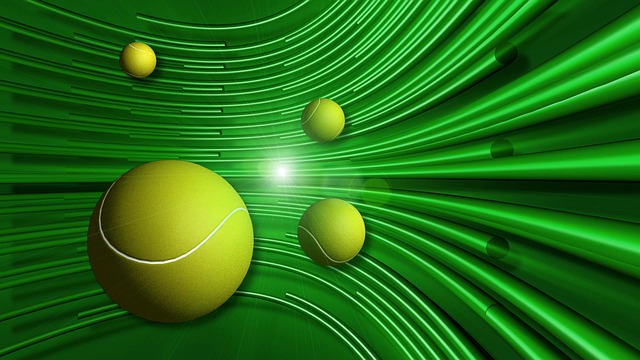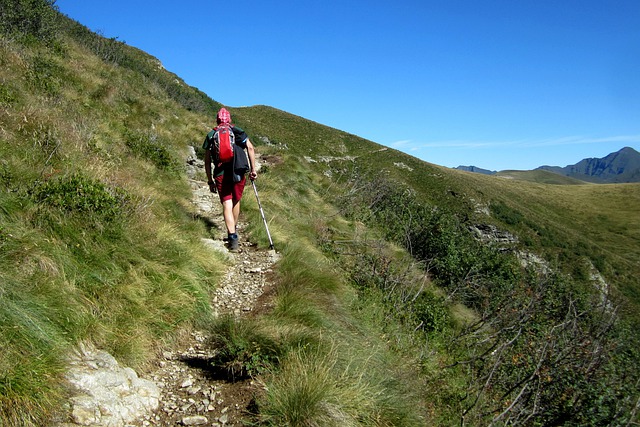A meditation anchor serves to stabilise your thoughts when your mind starts to wander during a meditation exercise. It is a way to secure your focus and restore your attention when you are invariably beset by distracting thoughts – a common occurrence for both experienced and inexperienced meditators. An anchor is a personal choice and what works at one time may not work in another situation. Diana Winston in her meditation podcast, Alternatives to Breath Awareness, highlights the difficulties that people are experiencing with breath as an anchor while wild fires are raging in California. People who suffer from respiratory problems, either chronically or intermittently, may also find that breathing is a difficult anchor to use during meditation. Diana suggests bodily sensations or sounds as alternatives to breath awareness that can serve as an anchor during meditation.
Bodily sensations as an anchor during meditation
Often guided meditations begin with a focus on bodily sensations, e.g. feeling the firmness of the floor or ground beneath your feet. This focus can be expanded to noticing the warmth or energy flow through your fingers when they are touching. You might alternatively focus on the breeze on your face, the sensation of uprightness in your chair, the support beneath your body from the ground or the sense of strength in your core. Personal preference plays a big part in choosing a bodily sensation as an anchor during meditation. It is important that it is emotionally neutral and does not evoke either strong emotions or racing thoughts. The anchor is designed to bring stability when everything around you is constantly changing, including your thoughts and emotions.
Sound as an anchor during meditation
Diana frequently recommends sounds as an anchor for meditation during her MARC meditation podcasts. The challenge here is to avoid evaluating the sound (e.g. in terms of whether it is good or annoying) or analyzing it (e.g. trying to identify the source of the sound). Evaluation or analysis can take you away from your meditation focus and set in train a whole new line of thinking. The sounds you choose can be anything that is relatively neutral. Every room has its own room tone, and this can be an anchor. If you tune into sounds, it can be useful to listen for the hardest to hear sound which intensifies your attention on listening. When engaging in mindful walking in the outdoors, it can be very rewarding to use the sound of birds surrounding you as an anchor.
Reflection
I recall that when we had the bushfires in Queensland, I found it very difficult to use breath as a meditation anchor because of the amount of smoke and ash in the air. I resorted to using the bodily sensation of fingers touching each other as an alternative. This has served me well ever since as I use this anchor during waiting time to increase my awareness.
The main point is to choose something as an anchor that works for you (this may require some experimentation) and being able to adapt as your circumstances change. What works at one time, may not work at another time. As we grow in mindfulness through different forms of meditation and developing our awareness muscle through effective meditation anchors, we will be better able to ride the waves of daily life and the challenges they present.
___________________________________
Image by Oleg Mityukhin from Pixabay
By Ron Passfield – Copyright (Creative Commons license, Attribution–Non Commercial–No Derivatives)
Disclosure: If you purchase a product through this site, I may earn a commission which will help to pay for the site, the associated Meetup group and the resources to support the blog.




